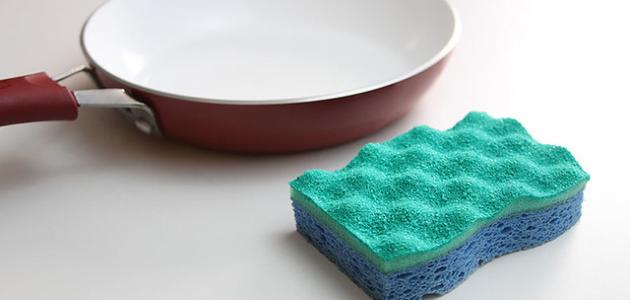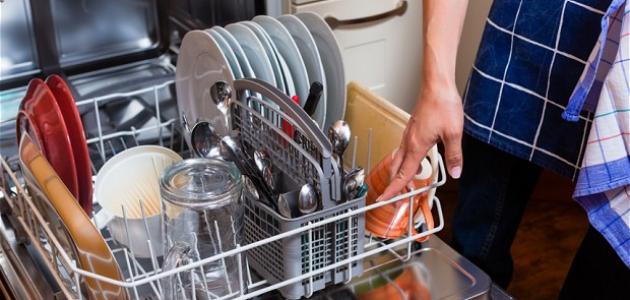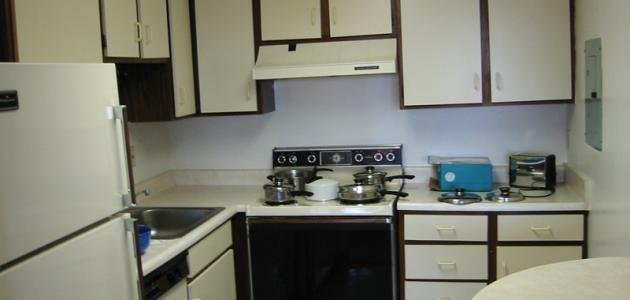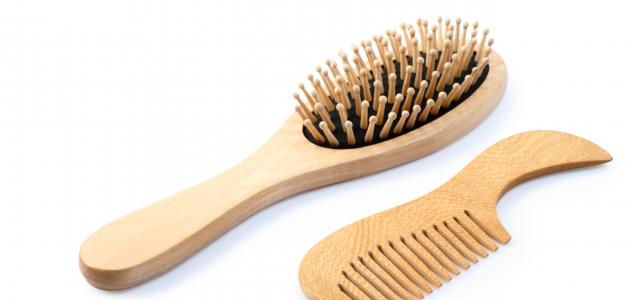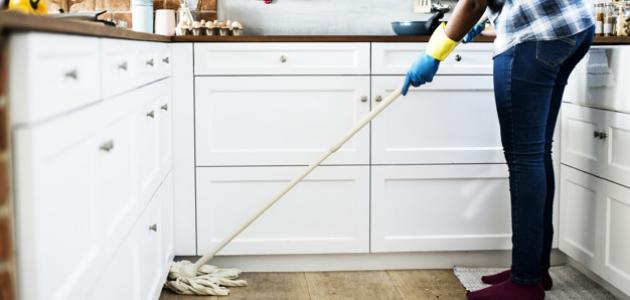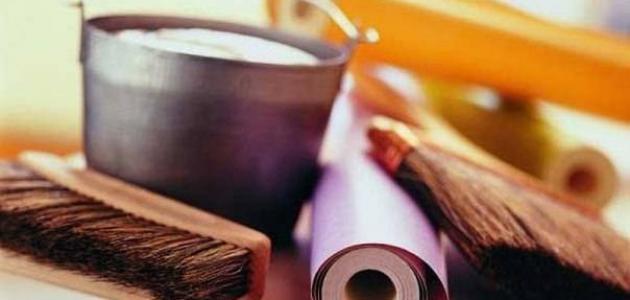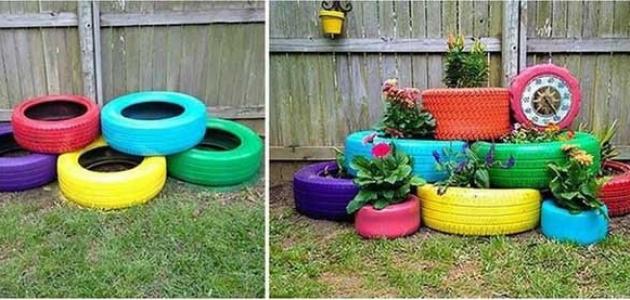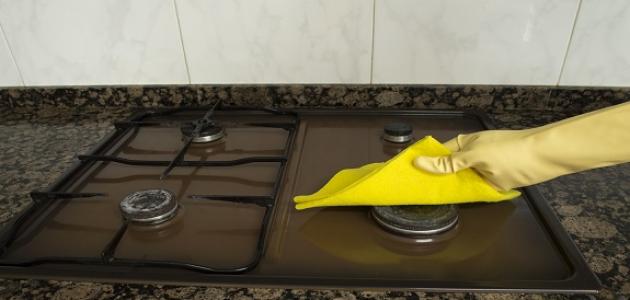Ceramic pots
Ceramic pots and pans are among the frequently used household items in the kitchen, which have become very common and widespread for the purposes of cooking and preparing delicious meals, as they are better than traditional pots. The reason for this is because it prevents the elements and components from sticking to the pot, and it also cooks the food evenly so that it cooks better, and it does not require putting a lot of oils and fats for cooking, due to the presence of a non-stick coating, which makes it easier to clean it most of the time, in addition to It limits the storage and accumulation of harmful oils, which in turn changes the final taste and makes it unpalatable when consumed, but it may be of a relatively high cost compared to the price of ordinary household cooking utensils, and it also needs special attention; In order to continue cooking with high quality for as long as possible.
How to clean ceramic pots
It is possible for some oils and greases to stick when burned in ceramic pots, and it is possible for these oils to transfer to cooked food if they remain in the pot, which makes the final taste unpalatable, and therefore some home methods can be used to clean them, including the following:
Use water and dish soap
Ceramic utensils can be cleaned in a traditional, manual way, similar to the method of cleaning ordinary utensils, with the help of warm water and dishwashing soap, by following the following steps:
Read also:How to be a successful housewife- Ceramic pots and pans are washed manually using a soft sponge immediately after using them, after leaving the pot for a sufficient time until it cools completely.
- Pots and utensils are cleaned using a soft sponge or dish towel dipped in a mixture of warm water and dishwashing soap to remove the dirt stuck in them, and it is taken into account to avoid using steel wool, nylon, or any other abrasive materials, or harsh detergents to clean ceramic pots; Because it can damage the paint it is coated with, and it is preferable to wash them manually using traditional methods instead of using an automatic dishwasher, although some manufacturers of these utensils allow their use.
white vinegar
To clean ceramic pots using white vinegar and water, follow these steps:
- Rinse the pot to be cleaned with water to remove food residue sticking to it.
- Pour one cup of vinegar into the pot, add 4 cups of water to it and mix the mixture well. Less water can also be used to get a better result.
- The pot or pot made of ceramic is placed on the stove, ignited on a low heat and left until the mixture begins to boil.
- Leave the pot for 3-5 minutes on the fire after the mixture starts to boil, then turn off the stove and leave the pot until the mixture cools.
- The inner area of the pot is rubbed with a sponge, or with any blunt tool inside the dishwashing tub so that it does not cause scratching or scraping.
- The mixture is emptied out of the ceramic pot, while making sure that the pot is completely clean, and the steps can be repeated if necessary in the event that there are residues stuck in it.
Baking soda
Remains of food stuck to the pan or pot are removed using this method in the event that they burn and harden in the pan, in the following way:
Read also:How do I clean home furnishings?- Soak the utensils for a few minutes in warm water mixed with dishwashing soap.
- Leave the vessel soaked in the previous mixture for at least 30 minutes.
- Dip a damp sponge in powdered baking soda and gently scrub the food particles and residue off of it.
- The utensils should be rinsed well to ensure that they are clean, and dried with a suitable cloth or towel.
- If it burns, sprinkle the bottom of the pan with an appropriate amount of baking soda, then add 1-2 tablespoons of hot water to it.
- Leave the mixture for 30 minutes to increase its effectiveness, then rub the pan with a sponge or dishwashing stick by making circular motions for several minutes.
- The process is repeated if necessary, then the utensils are rinsed and dried well before putting them back in their place.
hydrogen peroxide
Large ceramic and enameled porcelain pots, as well as wood cutting boards, should be cleaned using the following steps:
- An ounce of 3% visible hydrogen peroxide is poured onto the ceramic utensils to be cleaned, soaked in a basin filled with water, and left until bubbles form inside without the use of heat and hot water.
- Pots and utensils should be cleaned with a soft brush by gently rubbing them without cutting, scraping, or scratching them. It is also recommended to avoid using rough plastic brushes, floor brushes, or coarse hair brushes as well. A piece of gauze can be used if soft brushes are not available.
- The utensils are wiped with a sponge or any soft tool and rinsed with water. The process can be repeated as often as necessary.
Use of specialized commercial cleaners
There are some effective commercial cleaners designed to clean ceramic utensils from food residues, oils and grease sticking to them, including the following:
Read also:The best way to remove oil stains from clothes- Enzyme cleaners: Enzyme cleaners are considered to be in several types and different forms, such as liquid sprays that are poured on frying pans and pots in which oil and other foods are attached. They are used by spraying them on the utensils, leaving them for a few minutes, then using regular dish detergent, and washing and drying them well.
- Grease and oil removal cleanersThere are some products specifically designed to remove grease and oils stuck to pots and pans after cooking, which are a good choice for use on ceramic and porcelain utensils and are used in conjunction with the instructions written on the product.
Important tips when cleaning and using ceramic pots
There are a set of tips that are recommended to be observed and taken into consideration when using and cleaning ceramic utensils, including the following:
- Read the manufacturer's instructions written on some utensils, which explain the correct way to use them so that foods and oils do not stick to them.
- Leave the ceramic pots to cool before cleaning them immediately after you have finished cooking with them.
- Clean ceramic utensils and pots as soon as they are finished, cool them, and take care of them regularly, and avoid neglecting them so that grease and dirt do not stick to them and it is difficult to remove them later.
